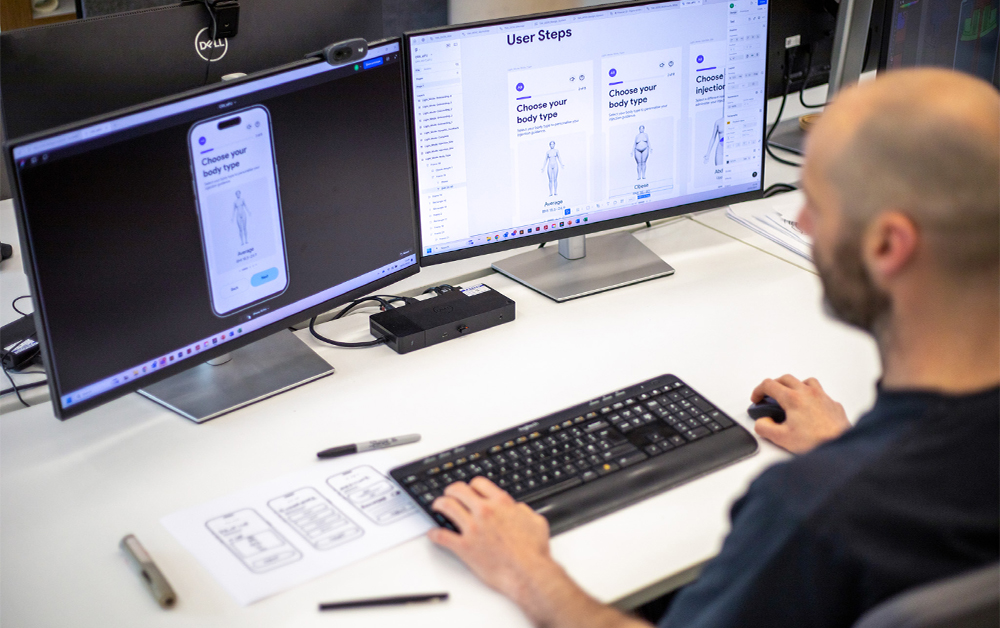The Future of IFUs: Enhanced Patient-Centric Experience

Regulatory bodies consider instructions for use (IFUs) as integral in the promotion of safe and effective use of prescription drug products. Recent years have seen an increase in products intended for self-administration by lay users. These pose additional barriers to correct use, as they demand attention, comprehension and information recall which may be affected by the stress of the procedure. IFUs play a key role in guiding independent and safe use of these products.
IFU Limitations
Effective comprehension of instructional material positively impacts medication adherence. However, IFUs have challenges to overcome – for example, the device or procedure complexity may cause difficulties, and patient-specific factors, such as age, health literacy level and perceived health status, are also known to affect comprehension.
While the development of paper IFUs considers these factors, their format presents limitations, such as lack of flexibility to adapt to individualised patient challenges (e.g., perceptual and cognitive).

Personalised instructions with eIFUs
Increased flexibility, accessibility and engagement with instructional material can benefit patients. Connecting them more effectively with healthcare providers.
Electronic instructions for use (eIFU) – in essence, a digital version of paper IFUs – can offer these advantages by extending the functionalities of paper IFUs, enhancing information design and tailoring the patient experience. With a steady increase in the world population’s digital access over the last few years, eIFUs represent a promising route with opportunities for augmenting future access and adoption of instructional material as digital access becomes broader.
The world has already seen some of the benefits offered by innovations in electronic instructional technology. In 2022, the European Federation of Pharmaceutical Industries and Associations (EFPIA) deployed an electronic Product Information Leaflet (e-PIL) to allow seven million Ukrainian refugees in Poland to access information about prescription drugs in their own language. Furthermore, Japan started its transition from paper-based to electronic leaflets in 2019, enabling pharmaceuticals to link e-leaflets to the GS1 unique identifier in barcodes printed on the drug product’s multiple layers of packaging. These solutions provide easy, immediate and up to date access to drug-related information whilst being a more sustainable alternative to the paper IFUs.
Crux’s Multidisciplinary approach to eIFU development
In the development of IFUs, whether paper or digital-based, patient centricity is vital. A user-centred-design (UCD) approach involves understanding the user needs, their capability, limitations, expectations and preferences, and effectively integrating their feedback through the design and development cycle to ensure a satisfying solution that supports the user effectively in achieving their goals.
Additionally, IFU development requires a profound comprehension of the patient’s behaviours and the aspects that may influence or hinder them. The capability, opportunity and motivation (COM-B) model offers a structured framework to studying and designing behaviour change strategies – to promote correct use or prevent undesired behaviour – through three essential components: the individual’s physical or psychological ability (capability), the external factors (opportunity) and the individual’s internal drivers (motivation). The model suggests that behaviour change can be promoted if at least one of these components is modified.
Although the methods described above are applicable to both paper and electronic IFUs, the latter requires additional investigation and development. Interactions between the user and the graphical user interface (GUI) must be designed and evaluated. This is studied by disciplines such as human-computer interaction (HCI), User Interface design (UI) and User Experience design (UX), all of which focus on the study, design and evaluation of interactions between humans and information technology.
Regulatory obstacles to IFU deployment: US and EU markets
While there has been a growing interest in digital instructional solutions in recent years, questions have arisen regarding the current stance of health authorities in relation to the development of eIFUs in conjunction with drug products.
Regulatory bodies recognise the opportunities presented by digital health technologies to enhance patient care and are adapting to rapid innovations in healthcare. However, the current regulatory landscape is still limited for eIFU deployment. For instance, while the FDA does not recognise the term eIFU as a substitute for paper IFUs, they provide definitions for prescription drug-related software and outline potential routes to submitting this material as prescription drug labelling. Contrastingly, under EU regulation, eIFUs can only be provided if certain requirements outlined in Regulation 2021/2226 are met, including the device classification, the intended users, and the results of risk analysis, among others.
Why Crux?
eIFU development requires not only expertise but also a multidisciplinary approach. Crux is at the forefront of IFU innovation through cross-functional collaboration among our experts in information design, user experience, neuroscience, behavioural science, human factors and software & electronics. This unique approach to eIFU development effectively applies a range of user-centric and innovative techniques, capturing user’s feedback and informing rapid design and development cycles.
Key Takeaways
- Crux, with its multidisciplinary team of technical and regulatory experts is at the forefront of eIFU innovation.
- With a deep understanding of the regulatory landscape, and expertise in deploying diverse patient-centric methods like UCD, HCI and behavioural science, Crux ensures the patient remains at the centre of eIFU design and development while meeting diverse regulatory demands.